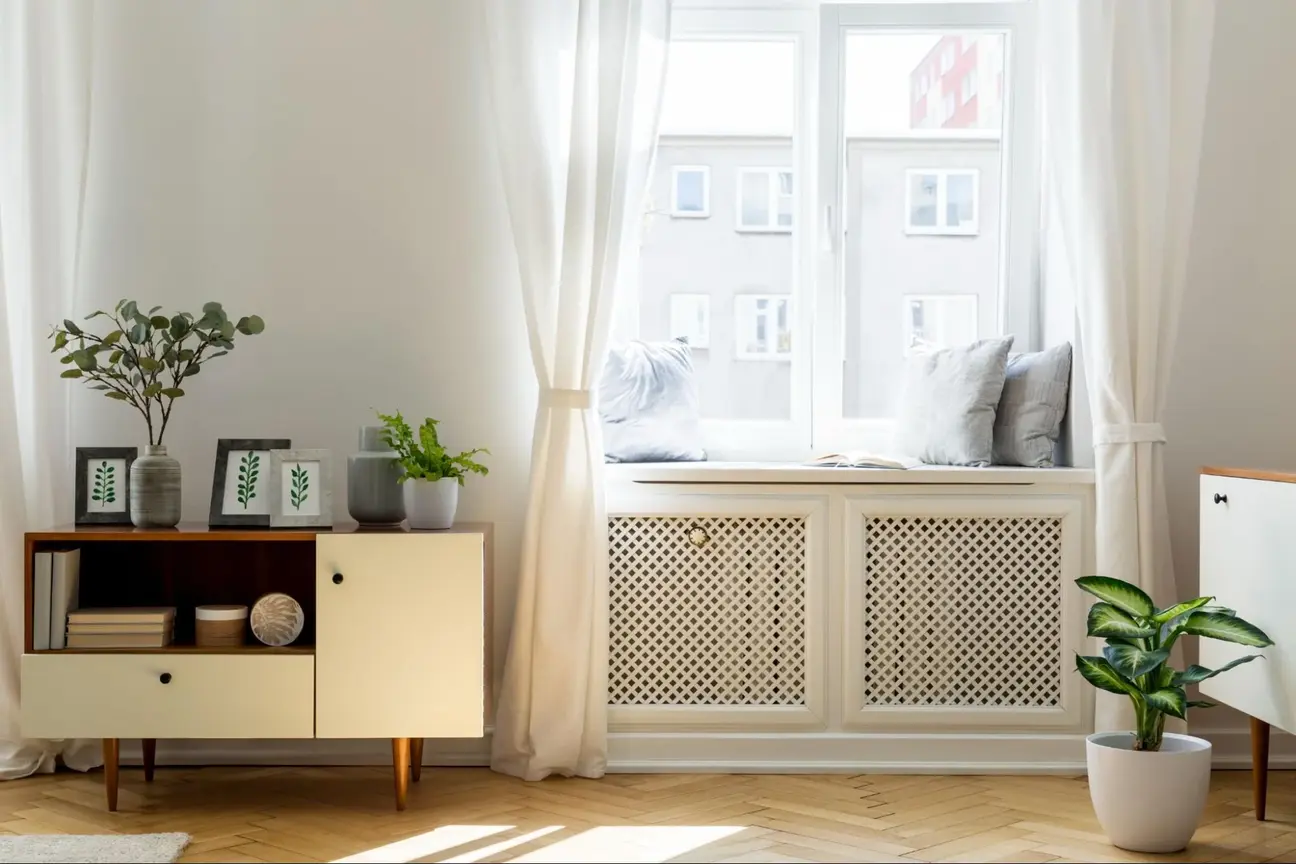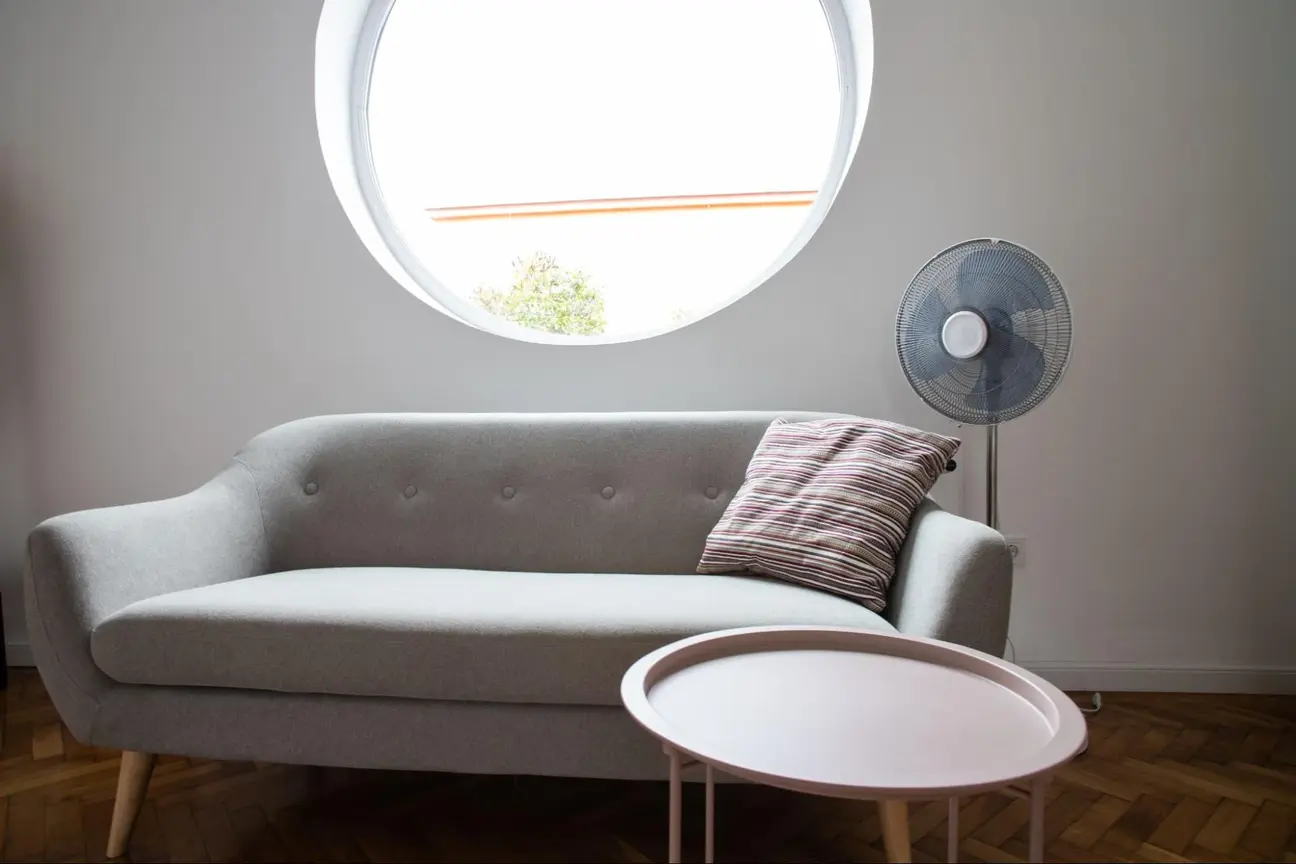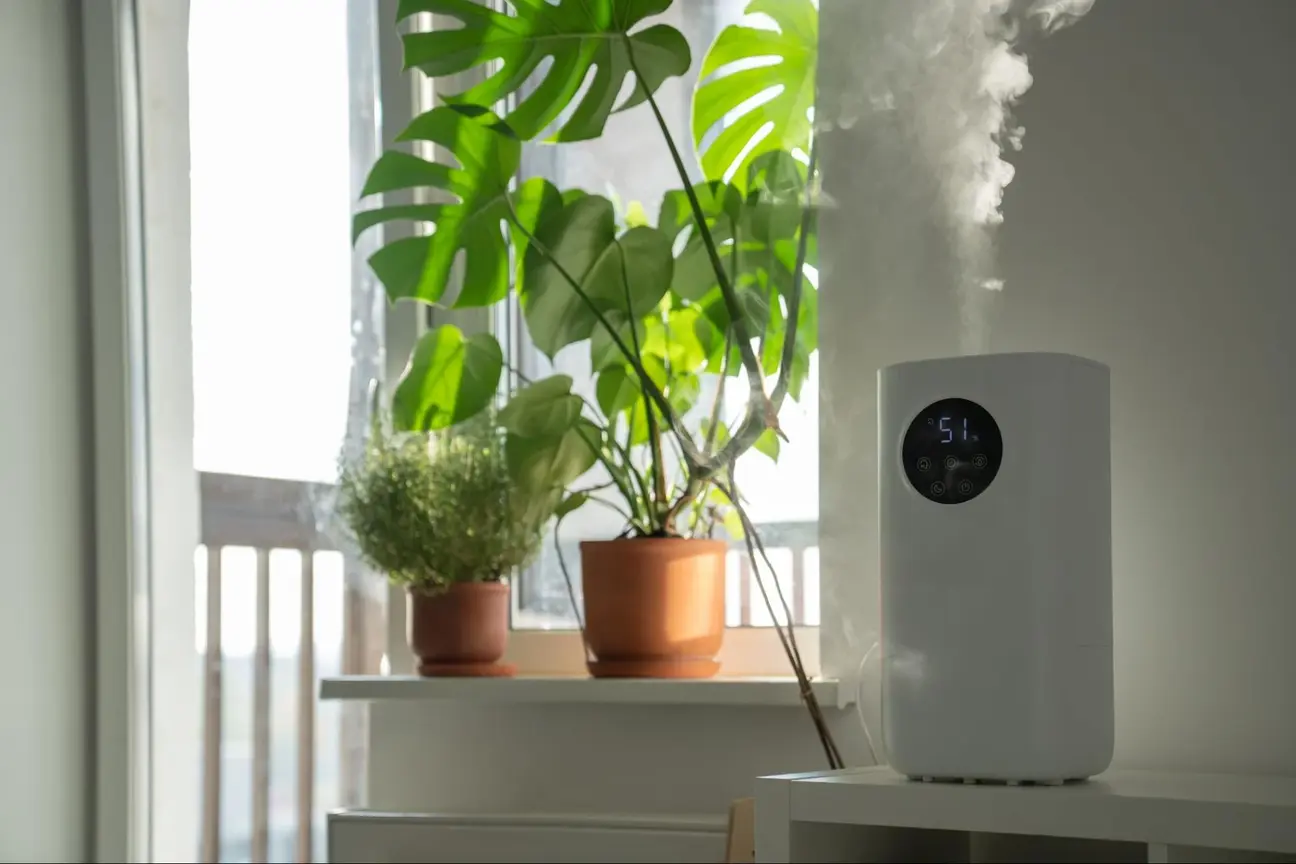
Good indoor air quality is vital for health and comfort. Many people don’t realize how much they can do to improve the air in their homes. Simple steps can make a big difference.
Proving indoor air quality can boost your health and productivity. Better air means fewer sick days and more energy. You don’t need to be an expert to get started. There are easy fixes that anyone can do.
Proper ventilation is key to fresh air indoors. You can open windows, use fans, or upgrade your HVAC system. Cleaning regularly also helps remove dust and allergens. Air filters and purifiers can tackle smaller particles you can’t see.

Good ventilation is key for healthy indoor air. It helps remove pollutants and brings in fresh air. Let’s look at ways to check and upgrade your home’s ventilation.
Your HVAC system is the heart of indoor air quality. It moves air through your home, filtering out dust and allergens. A well-working HVAC keeps you comfy and breathing easy.
Check your air filters monthly and clean or replace them as needed. This helps your system run better and keeps your air cleaner.
Consider upgrading to a filter with a higher MERV rating. These filters catch more tiny particles. But first, make sure your system can handle a denser filter.
Don’t block vents with furniture or curtains. This lets air flow freely. Open interior doors to help air move between rooms.
Consider adding air purifiers in high-use areas. These can catch particles your HVAC misses.
Exhaust fans remove stale air. Install them in bathrooms and kitchens and run them during and after showers or cooking.
Open windows when weather permits. This brings in fresh air naturally. Try creating cross-ventilation by opening windows on opposite sides of your home.
Use ceiling fans to boost air movement. In summer, set them to spin counterclockwise. This pushes air down, creating a cooling effect.
Think about adding a whole-house fan. It can quickly replace indoor air with fresh outdoor air. This works great on cool evenings.
Yearly HVAC check-ups keep your system running well. A pro can spot issues before they become big problems. They’ll clean parts, check refrigerant levels, and ensure everything’s working right.
Clean your ducts every 3-5 years. This removes built-up dust and debris, helps your system work better, and improves air quality.
Check for air leaks around windows and doors and seal any you find. This keeps outdoor pollutants out and helps your HVAC work more efficiently.
Inspect your ventilation system for mold or moisture. These can harm air quality and your health. If you spot any, clean them up right away.

Clean indoor air is vital for health and comfort. Advanced techniques can help remove pollutants and improve air quality in your home.
Selecting the right air filter is crucial for effective air cleaning. MERV ratings indicate a filter’s ability to capture particles. Higher MERV ratings mean better filtration.
MERV 8-13 filters can trap pollen, dust, and some bacteria. For allergens and smaller particles, consider HEPA filters. These remove 99.97% of particles as small as 0.3 microns.
Change filters regularly for optimal performance. This helps your HVAC system run efficiently and keeps your air cleaner.
Consider these factors when choosing filters:
UV light and ionization offer advanced air purification options. UV-C light can kill bacteria, viruses, and mold spores in the air.
Ionizers release charged particles that attach to airborne contaminants. This makes them heavier and easier to filter out.
These technologies work well with traditional filters. They target different types of pollutants for comprehensive air cleaning.
Be aware that some ionizers may produce ozone. To protect your health, choose models certified for low ozone emission.
Proper humidity levels are key for good air quality. Aim for 30-50% relative humidity in your home.
Humidifiers add moisture to dry air. This can help with:
Dehumidifiers remove excess moisture. They’re useful for:
Monitor humidity levels with a hygrometer. Adjust your devices as needed to maintain the ideal range.
Eliminating pollution sources is often the most effective strategy. To improve air quality, identify and remove common indoor pollutants.
In summary, you can take simple steps to improve indoor air quality in your home. Regular HVAC maintenance is key. Clean or replace air filters every 1-3 months. This helps remove pollutants and allergens.
Proper ventilation is crucial. Open windows when weather permits. Use exhaust fans in bathrooms and kitchens. This removes excess moisture and odors.
By following these tips, you can create a healthier indoor environment. Your efforts will improve air quality and the well-being of you and your family.
You can control pollution sources in your home. Remove shoes at the door to reduce dirt and pollutants. Use natural cleaning products to avoid harsh chemicals.
Vacuum and dust regularly with a HEPA filter vacuum. This captures small particles that can irritate the lungs.
Change your HVAC filters every 1-3 months. This keeps air flowing freely and traps more pollutants. Clean air ducts every few years to remove built-up dust and debris.
Check for leaks or moisture issues around your HVAC system. Fix any problems quickly to prevent mold growth.
Good ventilation removes stale air and brings in fresh air. Open windows when weather permits. Use exhaust fans during cooking and showering.
Consider a whole-house ventilation system for consistent air exchange. This is especially helpful in tightly sealed, energy-efficient homes.